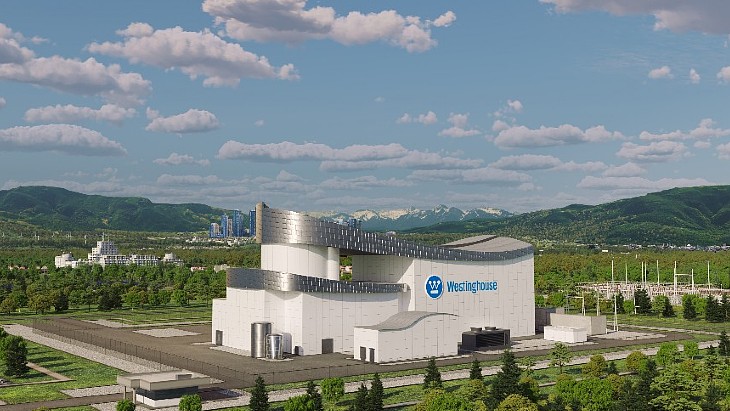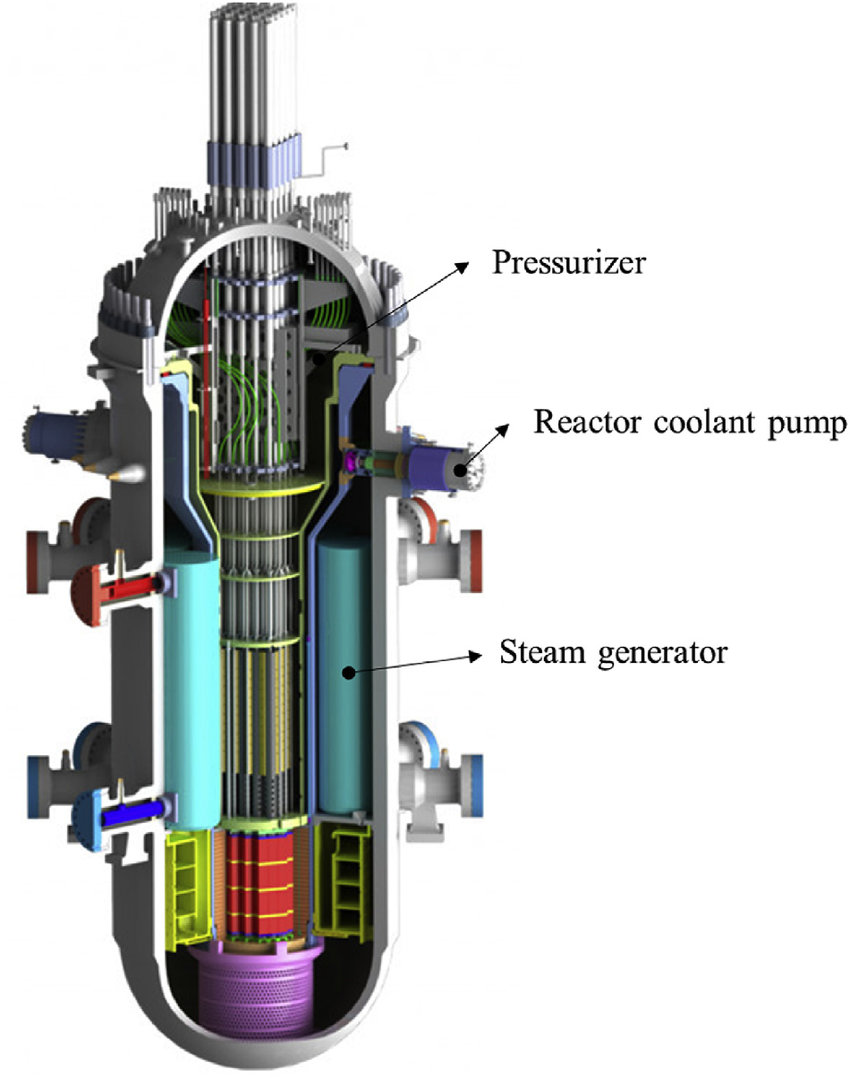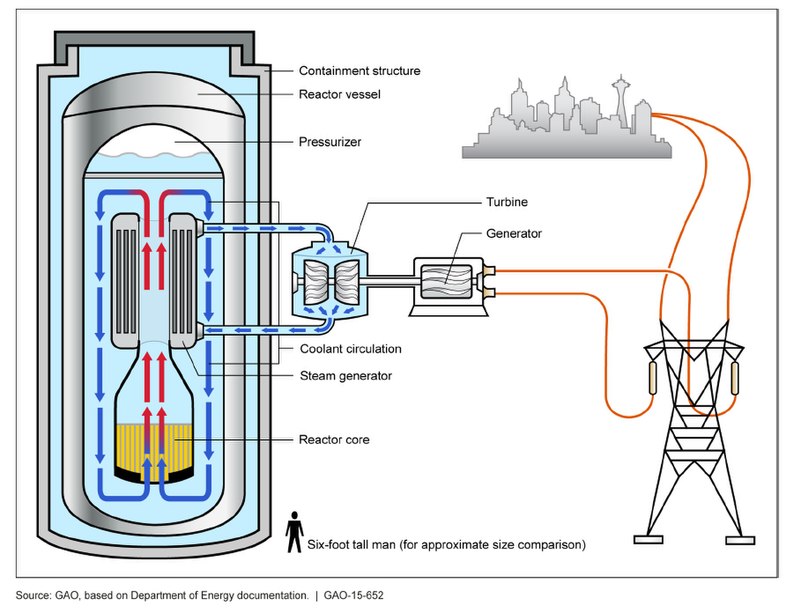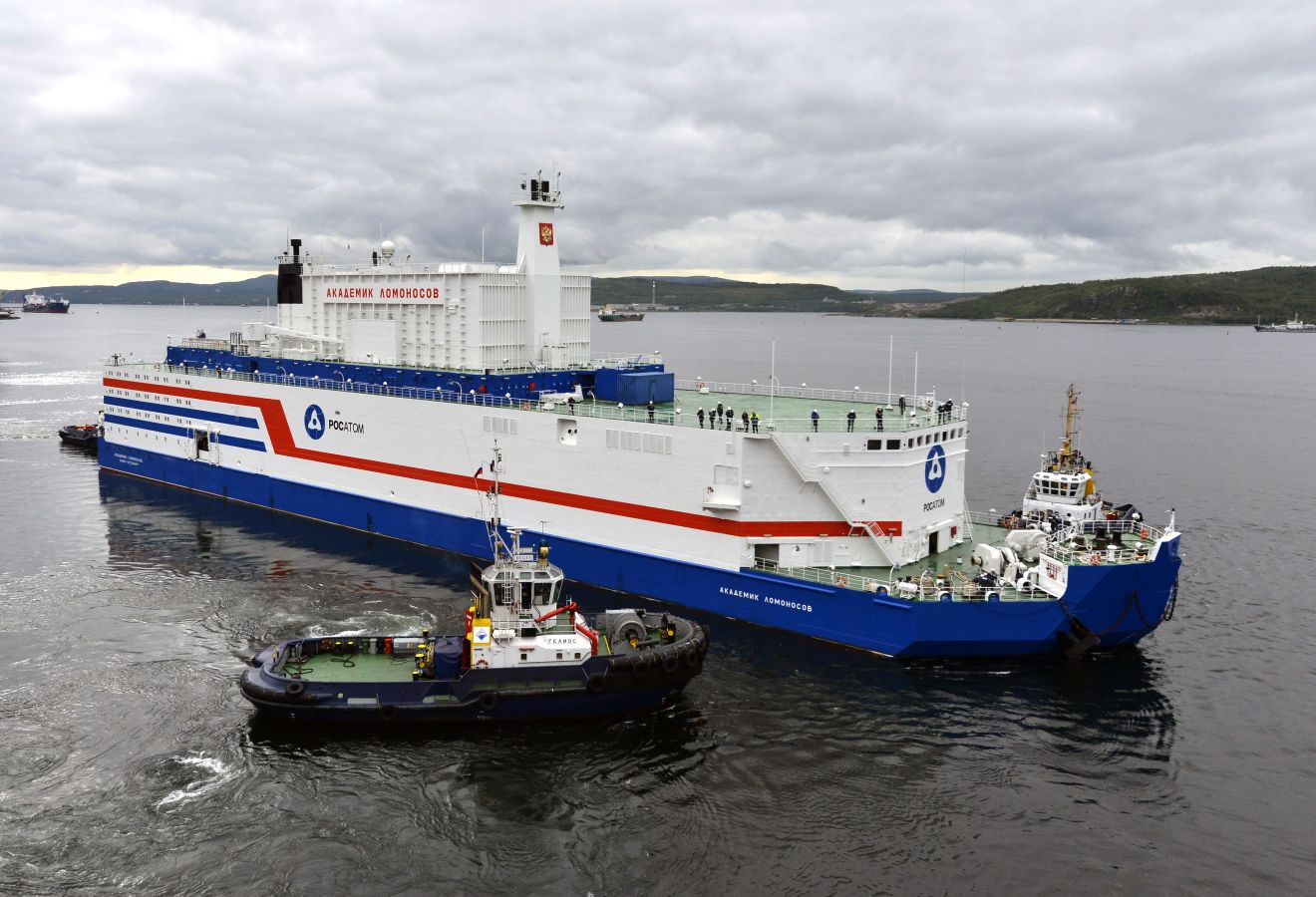SMR: brief summary of the nuclear solution for the future

Small modular reactors (SMRs) are advanced nuclear reactors with a power capacity of up to 300 MW(e) per unit, which is approximately one third of the generating capacity of traditional nuclear reactors. SMRs, which can produce large amounts of low-carbon electricity, are:
- Small – physically a fraction of the size of a traditional nuclear reactor.
- Modular – allow systems and components to be assembled in the factory and transported as a unit to a location for installation.
- Reactors – use nuclear fission to generate heat and produce energy.
Read more about nuclear fission and energy.
What advantages does an SMR give compared to a traditional nuclear reactor
Many of the benefits of SMRs are intrinsically linked to the nature of their design: small and modular. Due to their small footprint, SMRs can be installed in locations unsuitable for larger nuclear power plants. Prefabricated units of SMRs can be manufactured and then shipped and installed on site, which makes their construction more cost-effective than large-capacity reactors, which are often custom-designed for a particular location, resulting in construction delays.
SMR reactors save construction costs and time, and can be installed in stages to meet growing energy demand.
One of the challenges in accelerating access to energy is represented by infrastructure – limited network coverage in rural areas – and the costs of connecting to the network for rural electrification. A single power plant should not account for more than 10% of the total installed network capacity. In areas without sufficient transmission lines and grid capacity, SMRs can be installed in an existing grid or remotely, depending on their lower electrical power, providing low-carbon energy for industry and the population . This is particularly important for microreactors, which are a subset of SMRs designed to generate electricity typically up to 10 MW(e). Microreactors have a smaller footprint than other SMRs and will be better suited to regions inaccessible to clean, reliable and affordable energy. In addition, microreactors could act as an energy backup in emergency situations or replace often diesel-powered energy generators, for example in rural communities or remote farms. 
Compared to existing reactors, proposed SMR designs are generally simpler and the safety concept of SMRs often relies more on passive systems and inherent safety features of the reactor, such as low power and operating pressure. This means that in these cases, human intervention or external forces are not required to shut down the systems, because passive systems rely on physical phenomena, such as natural circulation, convection, gravity and self-pressurization . These increased safety margins, in some cases, eliminate or significantly reduce the potential for radioactivity to be released into the environment and population in the event of an accident.
SMRs have low fuel requirements. SMR-based power plants may require less frequent replenishment, 3 to 7 years, compared to 1 to 2 years for conventional power plants. Some SMRs are designed to operate for up to 30 years without refueling.
The small dimensions of the SMRs also allow slightly out of the ordinary solutions on their location. For example, the Russian Rosatom has created the Akademik Lomonosov, a real ship – power station in which the power is supplied by an SMR nuclear reactor and which can be placed where it is needed.
There are SMR projects which, due to their small size, are suitable for being placed near urban centers or industrial plants, so they can act as cogeneration plants, thus also making adequate use of the enormous thermal energy that these reactors produce and which is often dispersed into the environment, causing potential cooling problems. These plants, especially in China, are designed as integral parts of energy-intensive industrial plants.
Source: IAEA

Thanks to our Telegram channel you can stay updated on the publication of new articles from Economic Scenarios.
The article SMR: brief summary of the nuclear solution for the future comes from Scenari Economici .
This is a machine translation of a post published on Scenari Economici at the URL https://scenarieconomici.it/smr-breve-riassunto-della-soluzione-nucleare-per-il-futuro/ on Tue, 08 Aug 2023 12:07:16 +0000.


